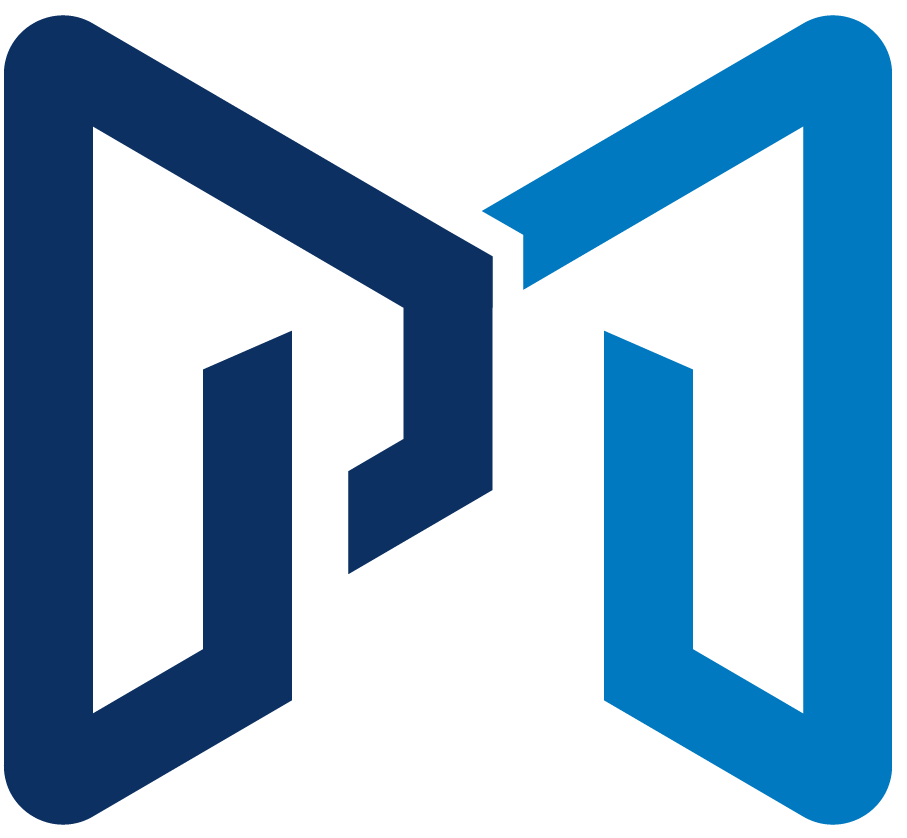SEO Return On Investment Calculator
Discover How Much Revenue SEO Could Generate for Your Business
Stop guessing about SEO’s potential. Get precise revenue projections for your business in under 30 seconds. Our calculator uses real industry data to show you exactly what’s possible when you invest in search engine optimisation. No email required, no commitments—just honest numbers based on your actual business metrics.
Businesses Calculated
Potential Revenue Discovered
Average Calculation Time
Your Personalised SEO ROI Calculator
Simply adjust the sliders below to match your business. Watch your potential revenue grow in real-time.
Input Parameters
Adjust the values to calculate your potential SEO ROI
Your website's current monthly traffic
Multiplier for traffic growth from SEO (1x = no change, 2x = double)
Percentage of visitors who become leads
Percentage of leads who become customers
Average revenue per customer over their lifetime
Your Potential Return on Investment from SEO
New Monthly Visitors
4,000
Additional Visitors
2,400
Additional Leads
120
Additional Sales
24
Additional Monthly Revenue
$24,000
Based on your inputs, SEO could potentially increase your monthly revenue by $24,000.
Book a ChatHow This SEO ROI Calculator Works
Our calculator isn’t just throwing around random numbers—it’s built on years of real-world SEO data and proven conversion metrics from hundreds of businesses across different industries.
Here’s the science behind the numbers:
The calculator takes your current monthly website visitors and applies realistic growth multipliers based on successful SEO campaigns we’ve analyzed. Most businesses see traffic increases between 2-5x their baseline within 12-18 months of implementing comprehensive SEO strategies.
We then factor in your current conversion rates (website visitors to leads, and leads to customers) along with your client lifetime value to project potential revenue growth. The beauty of this approach is that it’s based on YOUR business metrics, not industry averages that might not apply to your situation.
The key variables that drive your results:
- Current Traffic Volume: Your starting point matters. More traffic means more potential for growth.
- Growth Multiplier: Conservative estimates use 2-3x growth, while aggressive SEO strategies can achieve 4-5x.
- Conversion Optimisation: SEO traffic often converts better than paid traffic because it’s higher intent.
- Client Value: Higher lifetime values make SEO investments more attractive and ROI more dramatic.
Why SEO Remains Your Best Long-Term Investment
Unlike paid advertising where you rent traffic, SEO builds equity in your digital presence. Every month you invest in SEO compounds on the previous month’s work, creating an exponential growth curve that paid ads simply cannot match.
The Compound Effect in Action:
Month 1-3: Foundation building (technical SEO, content planning, initial optimizations) Month 4-6: Early momentum (ranking improvements, traffic increases begin) Month 7-12: Acceleration phase (significant traffic growth, revenue impact becomes clear) Month 12+: Exponential returns (established authority, multiple ranking positions, sustained growth)
Cost Per Lead Reality Check:
Most businesses see their cost per lead from SEO drop to 1/3 of their paid advertising costs within the first year. By year two, organic leads often cost 80% less than paid leads while converting at higher rates due to the trust factor associated with organic search results.
How AI and LLMs Are Reshaping SEO (And Why You Need to Act Now)
The SEO landscape is experiencing its biggest transformation since Google’s inception. Large Language Models like ChatGPT, Claude, and Google’s Bard are changing how people search for information—and smart businesses are adapting their SEO strategies accordingly.
The New Search Behavior:
People are shifting from short, keyword-focused queries to longer, conversational searches. Instead of “plumber Sydney,” they’re asking “What should I do if my kitchen sink is leaking and I need a reliable plumber in Sydney who can come today?”
This shift creates massive opportunities for businesses that understand how to optimize for AI-powered search results.
Why This Actually Benefits Businesses:
- Less Competition: Most businesses haven’t adapted their SEO for AI search yet
- Higher Intent: Conversational queries reveal much more about user intent
- Better Matching: AI helps connect your services to people who genuinely need them
- Featured Positioning: AI often pulls answers from well-optimized content, giving you prime real estate
The AI-SEO Strategy Advantage:
Businesses optimizing for AI search are seeing dramatic improvements in traffic quality. While overall search volume might shift, the traffic that does come through converts at much higher rates because AI does a better job matching user intent with relevant businesses.
The Rise of Branded SEO: Why Your Business Name Matters More Than Ever
Here’s something most business owners don’t realize: branded search queries (people searching specifically for your business name) are becoming increasingly valuable and easier to dominate.
Why Branded SEO Is Exploding:
With AI providing more generic answers, people are specifically seeking out businesses they’ve heard of or that have been recommended. When someone searches “[Your Business Name] + [service]” they’re essentially raising their hand saying “I want to work with this specific company.”
The Branded SEO Opportunity:
- Higher Conversion Rates: Branded searches convert 3-5x higher than generic searches
- Easier to Rank: You should naturally rank #1 for your own business name (if you don’t, that’s a problem we can fix quickly)
- Reputation Control: Own the narrative when people research your business
- Competitive Protection: Prevent competitors from appearing when people search your name
Building Branded Search Volume:
The strategy isn’t just about ranking for your name—it’s about increasing how often people search for your name in the first place. This happens through:
- Content marketing that builds brand awareness
- Strategic partnerships and mentions
- Customer experience that generates word-of-mouth
- Social media presence that reinforces brand recognition
The Technical Revolution: Core Web Vitals and User Experience
Google’s algorithm updates have made one thing crystal clear: user experience is now a primary ranking factor, not just a nice-to-have.
Core Web Vitals Impact:
- Page Speed: Sites loading in under 2 seconds see 47% higher conversion rates
- Mobile Responsiveness: 68% of searches now happen on mobile devices
- Visual Stability: Pages that don’t jump around while loading rank higher and convert better
The Business Impact:
A 1-second delay in page load time can reduce conversions by 7%. For a business generating $100,000/month online, that’s $7,000 in lost revenue. Every month. Forever.
But here’s the opportunity: most of your competitors probably have slow, poorly optimized websites. By focusing on technical SEO excellence, you can leapfrog competitors who might have been ranking above you for years.
Local SEO: The Underutilized Goldmine
For businesses serving local markets, local SEO represents one of the highest ROI opportunities available. Yet most businesses completely ignore it or do it poorly.
Local SEO Reality Check:
- 46% of all Google searches have local intent
- 76% of people who search for something nearby visit a business within 24 hours
- 28% of local searches result in a purchase
The Local SEO Stack:
- Google Business Profile: Optimized and actively managed
- Local Citations: Consistent name, address, phone across directories
- Review Management: Systematic approach to generating and responding to reviews
- Local Content: Pages targeting “[service] in [city]” searches
- Local Link Building: Partnerships with other local businesses and organizations
Content Strategy in the Age of AI
Content remains king, but the kingdom has new rules. AI can generate content, but it can’t generate expertise, experience, and authentic brand voice—yet.
The New Content Hierarchy:
- Experience-Based Content: Share real case studies, client results, behind-the-scenes insights
- Expert Analysis: Your unique take on industry trends and changes
- Local Relevance: Content that speaks to your specific market and community
- Problem-Solving Depth: Comprehensive answers that AI can’t replicate without your expertise
Content That AI Can’t Replace:
- Your specific client success stories
- Your unique methodology or process
- Local market insights and conditions
- Real-time updates about your business
- Personal brand and company culture
The Attribution Challenge (And Why SEO ROI Is Often Underestimated)
Most businesses dramatically underestimate SEO’s impact because they don’t understand the full customer journey. SEO often influences conversions that get attributed to other channels.
The Hidden SEO Impact:
- Someone finds you through SEO, then calls directly (attributed to phone)
- Someone reads your blog post, then finds you on social media later (attributed to social)
- Someone discovers you organically, then clicks a paid ad later (attributed to PPC)
True SEO Attribution:
Studies show that organic search influences 40-60% more conversions than it gets credit for in traditional analytics. This means your actual SEO ROI is likely much higher than your current tracking shows.
Getting Started: Your SEO Success Roadmap
Month 1-2: Foundation
- Technical audit and fixes
- Keyword research and strategy development
- Content planning and optimization
- Local SEO setup (if applicable)
Month 3-4: Content Acceleration
- Regular content publishing
- On-page optimisation
- Internal linking strategy
- Local citation building
Month 5-6: Authority Building
- Link building campaigns
- Guest posting and partnerships
- Social media integration
- Review generation systems
- Month 7-12: Scale and Optimise
- Advanced content strategies
- Conversion rate optimisation
- Performance tracking and refinement
- Competitive analysis and adaptation
Why Most Businesses Fail at SEO (And How to Avoid These Mistakes)
Common SEO Mistakes:
- Treating SEO as a One-Time Project: SEO requires ongoing effort and adaptation
- Focusing Only on Rankings: Traffic and conversions matter more than rankings
- Ignoring Technical Issues: A beautiful website that loads slowly will never rank well
- Creating Content Without Strategy: Random blog posts won’t move the needle
- Expecting Immediate Results: SEO is a medium-term strategy that builds over time
The Success Formula:
Successful SEO combines technical excellence, strategic content creation, and consistent execution over 12-18 months. Businesses that understand this timeline and commit to the process see transformational results.
Take Action: Turn These Insights Into Revenue
The calculator above shows you the potential. The strategies outlined here show you the path. The question is: when will you start?
Every month you delay SEO is a month your competitors might be building the search presence that should belong to you. In 12 months, you can either be looking back at dramatic business growth or wondering what might have been.
Get In Touch
Let’s Talk About Your Business
Let’s catch up so I can learn more about your brand and requirements.
My schedule fills up quickly, so book a call to make sure we can connect and start driving results for your business.


